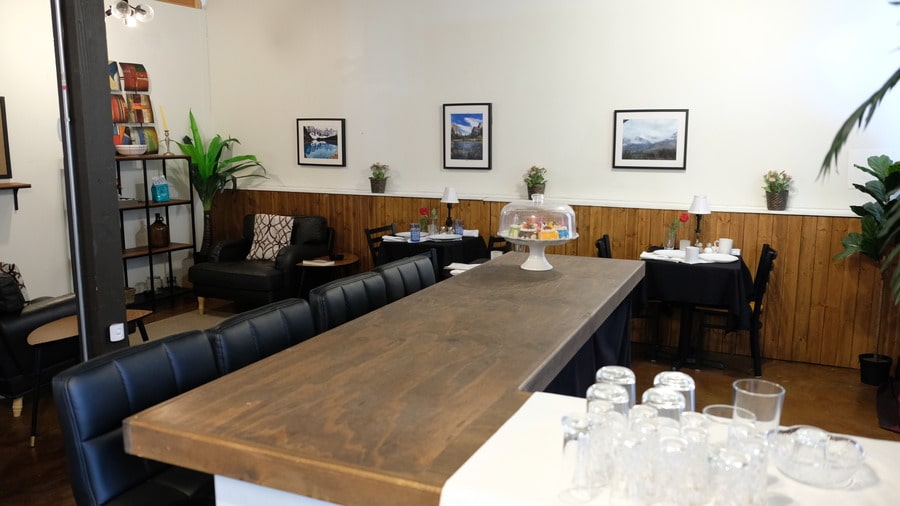
14 Jul Café Culture in Films: How Cafés Are Used Social Settings
How Cafés Are Used in Storytelling –
At Warehouse 1 Productions in Los Angeles, we know that cafés are more than just places to grab a cup of coffee. In films, cafés can be powerful storytelling tools that reflect cultural and social settings. They create spaces where characters interact, relationships develop, and important plot points unfold. Here’s how cafés are used in movies to enhance storytelling and provide deeper insights into characters and cultures.
Creating a Sense of Community
Cafés are often portrayed as community hubs. They’re places where people gather, whether it’s friends meeting for a chat, someone working on a laptop, or a couple on a date. In films, this setting can help build a sense of community. For instance, in the movie Amélie, the café where Amélie works is central to the story, showcasing the everyday lives and interactions of the local community. This setting helps viewers feel connected to the characters and their world.
Reflecting Cultural Norms
Different cultures have unique café traditions, and films can use these settings to reflect cultural norms. In American movies, cafés like the one in Friends (Central Perk) show a casual, friendly atmosphere where people can relax and socialize. On the other hand, in European films, cafés might depict a more leisurely pace, with patrons enjoying long conversations over coffee and pastries. These cultural nuances help the audience understand the characters’ backgrounds and lifestyles.
Highlighting Social Issues
Cafés can also be used to address social issues. They can be places where characters discuss important topics or where the setting itself reflects broader societal trends. For example, in The Pursuit of Happyness, the protagonist, played by Will Smith, meets a businessman in a café, which becomes a turning point in his journey out of homelessness. This scene uses the café setting to highlight issues of poverty, ambition, and hope.
Developing Characters and Relationships
Cafés provide a relaxed environment for character development and relationship building. Conversations over coffee can reveal a lot about a character’s personality, desires, and conflicts. In La La Land, the café where Mia works is a recurring location that reflects her dreams and struggles as an aspiring actress. Her interactions with customers and friends in the café help to flesh out her character and make her more relatable to the audience.
Creating a Cozy Atmosphere
The warm, inviting atmosphere of a café can also set the tone for a film. The cozy, intimate setting can make scenes feel more personal and engaging. In You’ve Got Mail, the café where the main characters have their first face-to-face meeting is crucial to the romantic plot. The cozy environment makes the meeting feel more significant and intimate, enhancing the romantic tension.
Showcasing Urban Life
Cafés are often used to portray urban life. They show the hustle and bustle of city living, with people coming and going, each with their own story. In Before Sunrise, the café scenes capture the essence of Vienna’s urban culture, adding depth to the characters’ experience as they explore the city. The café becomes a microcosm of the larger urban setting, highlighting the diversity and vibrancy of city life.
At Warehouse 1 Productions, we understand the importance of cafés in film storytelling. They are versatile settings that can reflect cultural and social settings, develop characters, and address important themes. By carefully choosing and designing café scenes, filmmakers can create rich, immersive stories that resonate with audiences. Whether it’s a bustling city café or a quiet neighborhood spot, these settings help to bring stories to life and connect viewers with the characters and their world. Contact us now to learn more.

Sorry, the comment form is closed at this time.